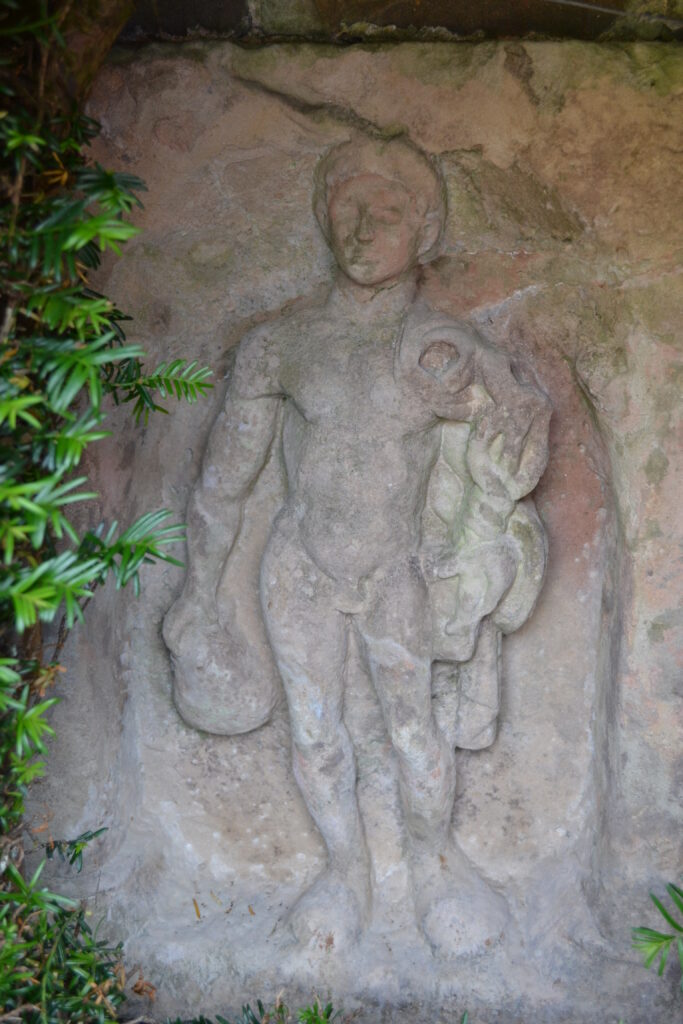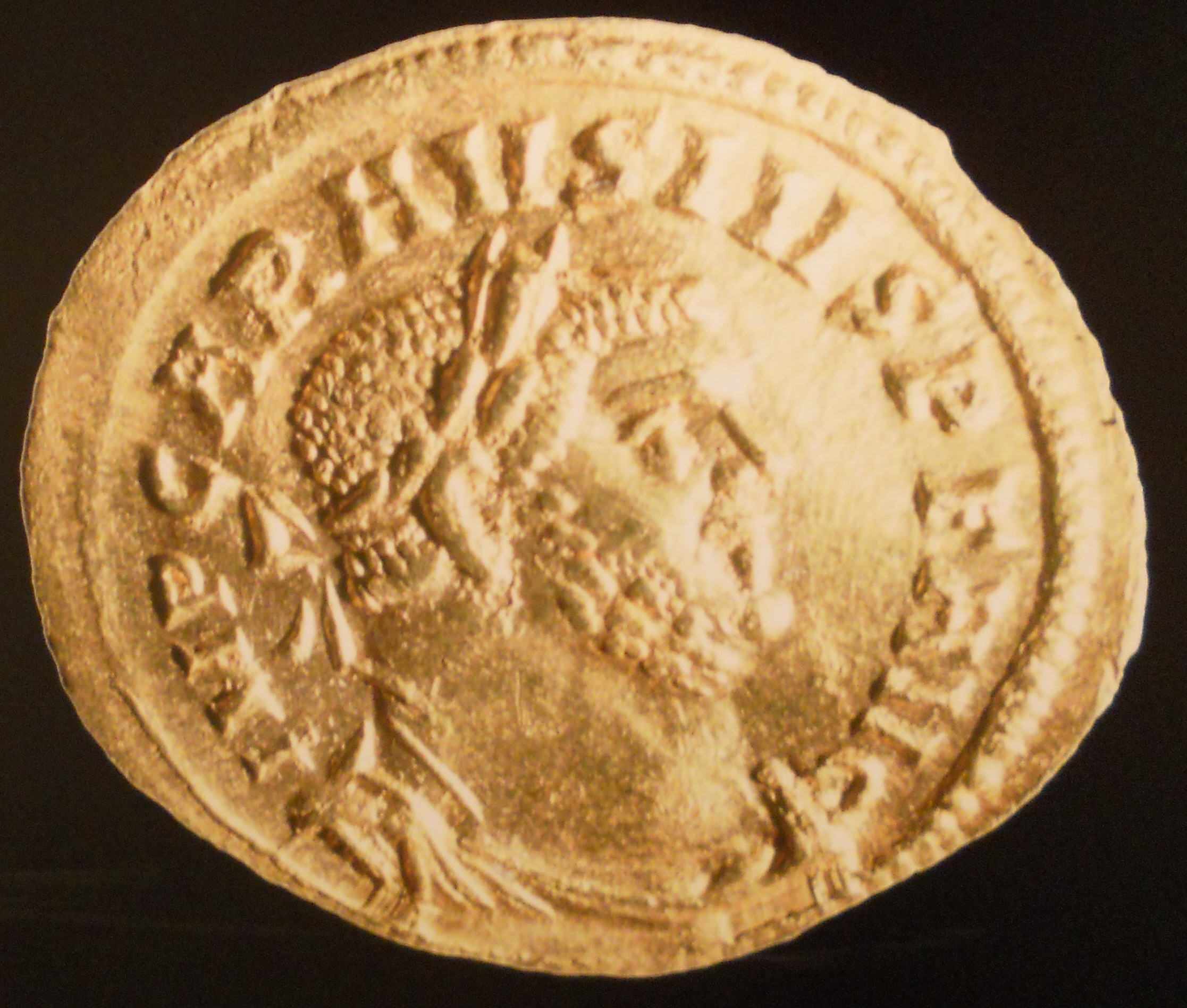
In a farmer’s field sometimes referred to as ‘Old Penrith‘ at Plumpton in Cumbria, a few finely-carved pediments (above) are about all that remains of a pair of gate-towers once guarding the eastern portal of an important Roman fort. Guarding a key junction in their skein of roads girdling what we nowadays call the English Lake District.
Voreda, in its heyday, was their Roman name for this strategic site in northern England. Garrisoned by 500 men, with a busy civil settlement next door, their fort’s classic ‘playing card’-shaped platform can be seen to this day. Right beside the modern A6 road at Plumpton Walls, about 15 miles to the south of Carlisle or Hadrian’s Wall.
Whilst ‘Voreda Books‘ are the publishers and Clive Ashman the author of a growing series of historical novels, set during those four centuries when the greater part of the Island of Britain counted itself a province of the mighty Roman Empire.

Purchased by Scott from a farmer in England, at Old Penrith, south of Carlisle, he had all five removed from their original location within the vicus at ‘Voreda’, to be taken north into Scotland. Where they stand outside to this day and decorate his garden, definition gradually fading in the soft Scottish rain. Like the Elgin Marbles, will they ever return home….?
